Mr. Phuc said that his family's rice growing area is currently 13,000 m2, of which about 5,000 m2 is used to cultivate Huong Chau 6 rice variety. Compared to other rice varieties, Huong Chau 6 is almost free from pests and diseases, with a yield of 8.1 - 8.2 tons/ha, and an average profit of 2 - 3 million VND/ha higher than other rice varieties.
According to Mr. Phuc, the cultivation areas of Huong Chau 6 rice variety in Tien Giang and Long An all have the same characteristics of strong plants, upright leaves, long flowers, bright grains with no signs of pests or diseases.
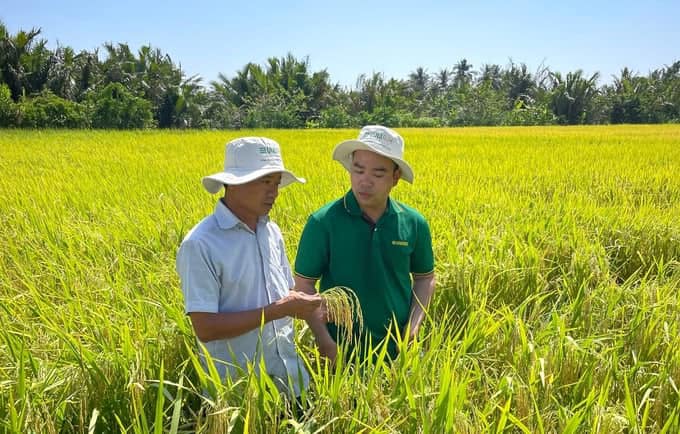
Mr. Cao Van Phuc (Long Chanh commune, Go Cong town, Tien Giang) and Vinarice technical staff check the quality of Huong Chau 6 rice variety.
"Comparing Huong Chau 6 rice variety with other rice varieties, in all three crops of the year, Huong Chau 6 rice variety shows many outstanding characteristics: disease-free, not infected with planthoppers," Mr. Phuc added.
Wide adaptability and salt tolerance are characteristics that farmers in saline intrusion areas in the Mekong Delta prioritize when choosing rice varieties for cultivation. Therefore, Huong Chau 6 is very popular with farmers because it is suitable for soil conditions, has strong tolerance, and is less susceptible to pests and diseases, leading to reduced costs and increased profits. Since then, this place has become the capital of Huong Chau 6 rice variety.
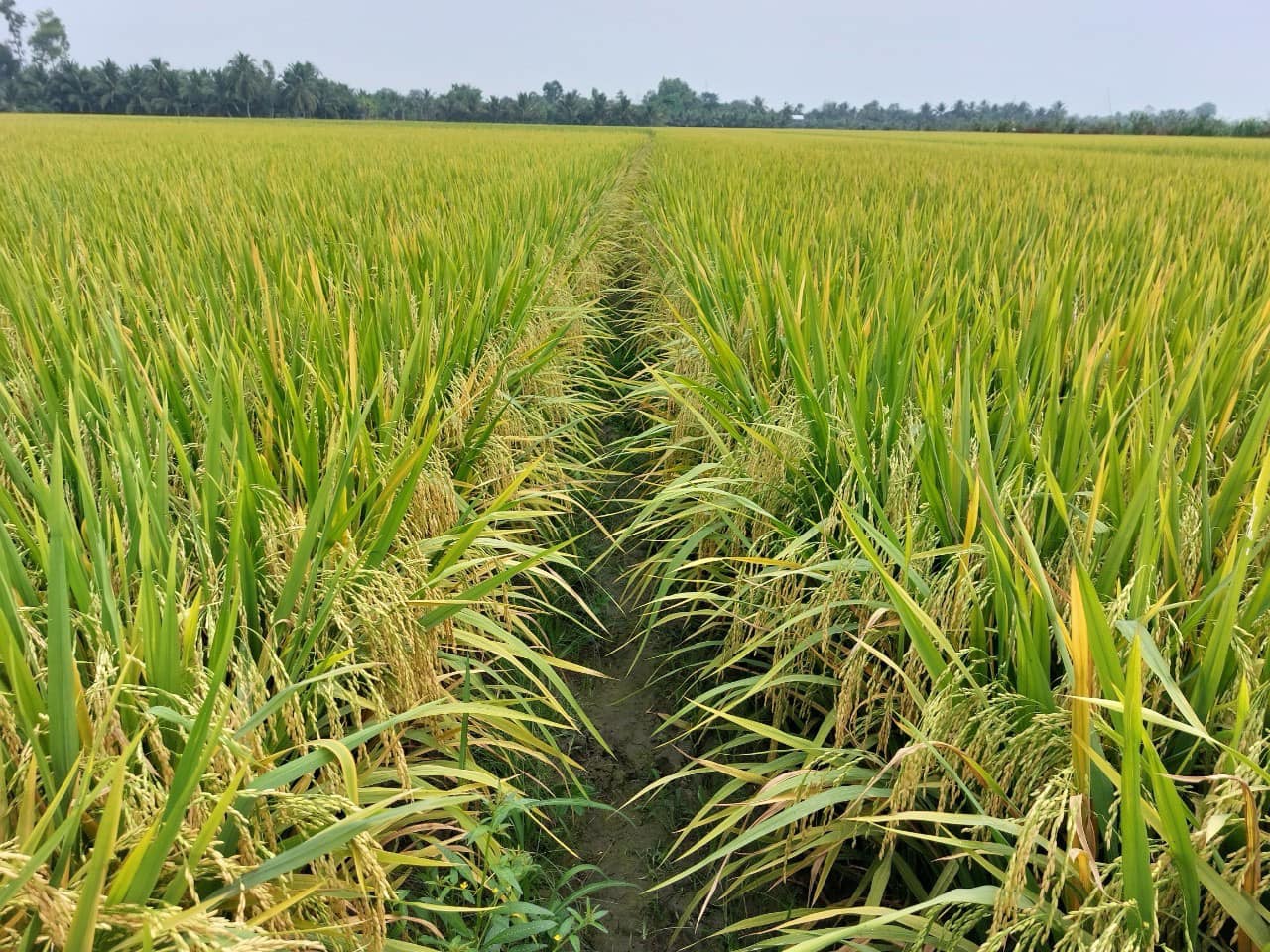
Huong Chau 6 is highly appreciated by farmers in different growing areas across the country.
Mr. Nguyen Thanh Vu (Long Hung Commune, Go Cong Town, Tien Giang) said: Most people in Tien Giang choose Huong Chau 6 rice variety for production because of its high yield. Especially since putting Huong Chau 6 rice variety into production, there has been no occurrence of rice blast or leaf blight, so the cost of pest control has been reduced, thereby increasing profits significantly.
Ms. Truong Thi Cam (Tan Hung district, Long An ), who grows 5,000m2 of Huong Chau 6 rice, shared, "At first, when I put this rice variety into production, I was very worried about whether it would be suitable for the local soil and what the yield would be, especially when I saw that the rice flowered later than other varieties. But now, my family's Huong Chau 6 rice area is very beautiful and even, with few pests and diseases. I am really satisfied with this rice variety."
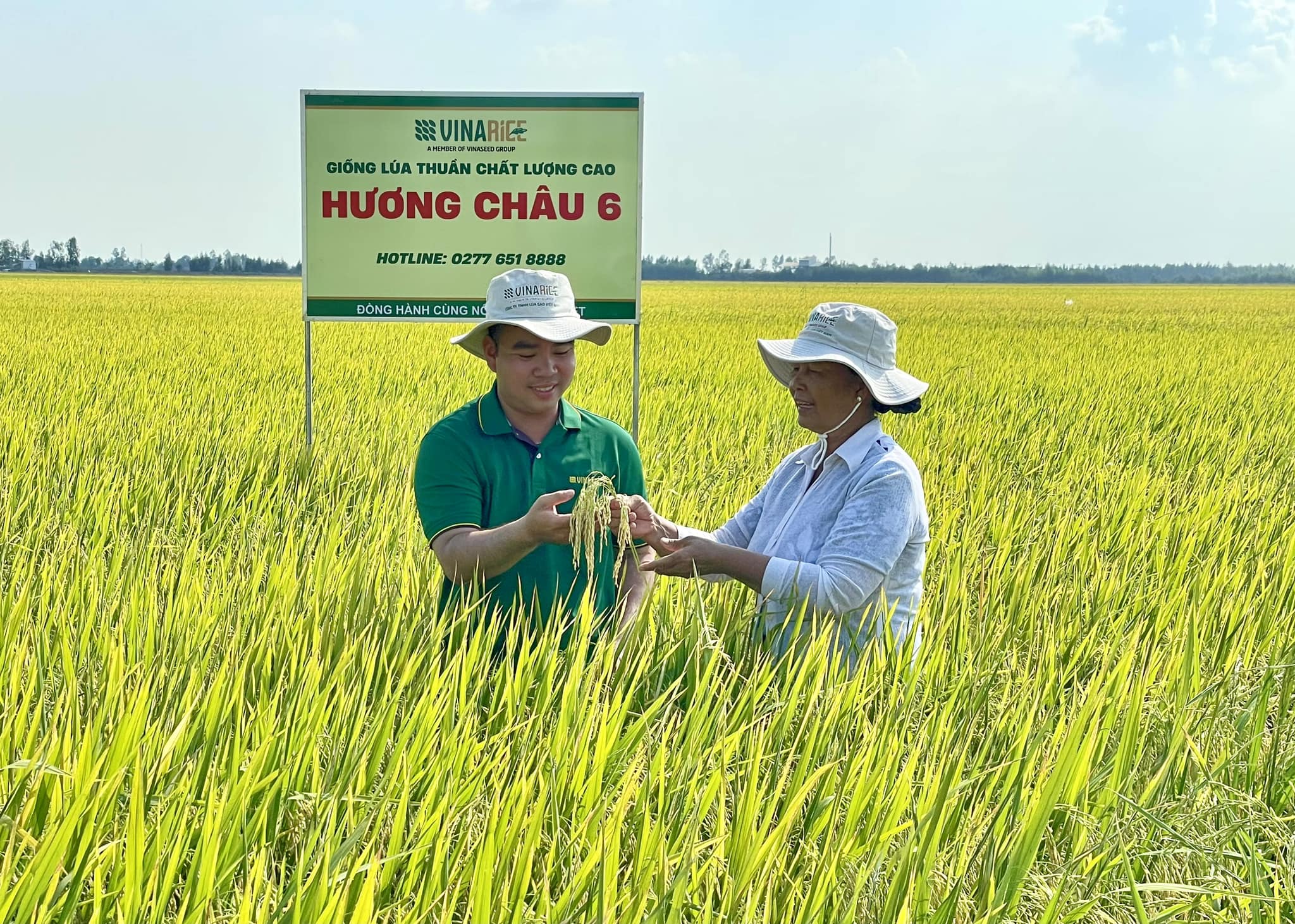
Mrs. Truong Thi Cam (Tan Hung district, Long An) is very satisfied with Huong Chau 6 rice variety.
Huong Chau 6 is a pure, high-quality rice variety researched and selected by the Vietnam Seed Group (Vinaseed), recognized by the Ministry of Agriculture and Rural Development as a technical advance in 2019. Huong Chau 6 rice variety is being evaluated as a promising rice variety as it is continuously highly appreciated by farmers in different growing areas across the country.
Currently, the Huong Chau 6 rice variety is copyrighted by Vietnam Rice Company Limited (Vinarice), a member unit of Vinaseed, responsible for production and business in the Mekong Delta region, helping farmers have more choices in rice production and improve their income.
INSTRUCTIONS FOR PLANTING QUALITY PURE RICE VARIETIES HUONG CHAU 6
1. Barefoot: Suitable for sandy and high soil types.
2. Season: According to each locality's instructions, you can refer to the following season schedule:
* Northern region: Spring crop sow from January 20 to February 10, sow thick seedlings or base seedlings, transplant seedlings at 3-3.5 days old; if sowing medicinal seedlings (transplant seedlings at 4-4.5 days old); Summer crop sow in June, transplant seedlings at 12-15 days old.
* North Central region: Spring crop sow from January 10 to January 31, sow thick seedlings or ground seedlings, transplant seedlings with 3-3.5 leaves; if sowing medicinal seedlings (transplant seedlings with 4-4.5 leaves); Summer-Autumn crop sow from May 15 to June 5, transplant seedlings with 12-15 days old.
* South Central region: Winter-spring crop sowing from December 20 to January 15; Summer-autumn crop sowing from May 10 to June 10.
* Central Highlands region: Winter-Spring crop sowing from November 15 to December 15; Summer-Autumn crop sowing from May 1 to May 25.
* Southern region: Winter-Spring crop sowing from December 10-20; Summer-Autumn crop sowing from May 10-20; Autumn-Winter crop sowing from September 10-20.
3. Planting density: 45-50 clumps/m2, plant 2-3 shoots/clump, plant shallowly.
4. Seed sowing: For Northern provinces: 40-45 kg/ha; for Central and Southern provinces: 80-100 kg/ha.
5. Fertilizer:
*For direct-sown rice: Depending on the land and season, 1 hectare can be fertilized with 150 kg Urea + 100 kg DAP + 100 kg KCl divided as follows:
- Basal fertilizer (right before sowing rice, using a board to cover the fertilizer): 50 kg DAP
- Top dressing 1 (7-8 days after sowing): 50 kg DAP + 30 kg Urea
- Second top dressing (18 - 20 days after sowing): 60 kg Urea + 40 kg KCl - Top dressing (35 - 38 days after sowing): 30 kg Urea + 30 kg KCl/ha.
- Fertilizing the seeds (after the rice has fully bloomed, 5-7 days later, it is necessary to fertilize the seeds to increase the percentage of firm grains. The amount of fertilizer is as follows): 30 kg Urea + 30 kg KCl/ha.
*For transplanted rice: It is recommended to use NPK compound fertilizer. The amount of fertilizer depends on the soil type. On average soil, fertilize:
+ For Lam Thao NPK compound fertilizer: Basal fertilization (before plowing and transplanting): Apply 7-8 tons of organic fertilizer (or 1200-1500 kg of biofertilizer) + 560-700 kg/ha of NPK fertilizer (5:10:3); Top dressing (when the rice takes root and turns green): Apply 220-250 kg/ha of NPK fertilizer (12:5:10) + 30 kg of urea fertilizer, combined with weeding and stirring the mud; Top dressing (when the rice is standing): Apply 200 kg/ha of NPK fertilizer (12:5:10).
+ For single fertilizer: Amount of fertilizer for 1 hectare: Spring crop: 7 - 8 tons of organic fertilizer (or 1200 - 1500 kg of microbial fertilizer) + 200 - 220 kg of Urea + 450 - 500 kg of Superphosphate + 140 - 160 kg of Potassium Chloride. Summer and Autumn crops: reduce 10% of nitrogen, increase 15% of potassium compared to Spring crop;
* Fertilization method: Apply all organic fertilizer (or microbial fertilizer) (before plowing and transplanting), phosphate fertilizer + 40% nitrogen fertilizer + 20% potassium fertilizer; apply first top dressing (when the rice takes root and turns green): 50% nitrogen fertilizer + 30% potassium fertilizer; apply second top dressing (when the rice is standing), apply the remaining amount of fertilizer.
6. Note:
- Planting season depends on the crop calendar of each locality.
- If using other NPK compound fertilizers, apply according to the instructions on the package.
Source



![[Photo] Cutting hills to make way for people to travel on route 14E that suffered landslides](https://vphoto.vietnam.vn/thumb/1200x675/vietnam/resource/IMAGE/2025/11/08/1762599969318_ndo_br_thiet-ke-chua-co-ten-2025-11-08t154639923-png.webp)






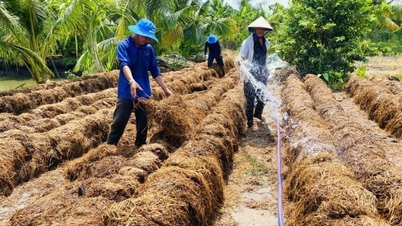

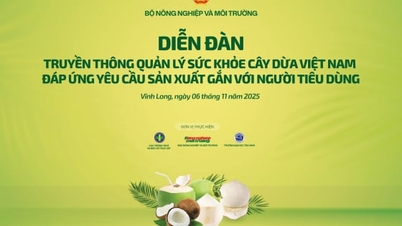


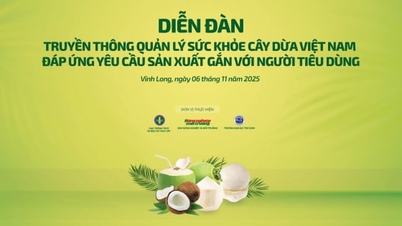

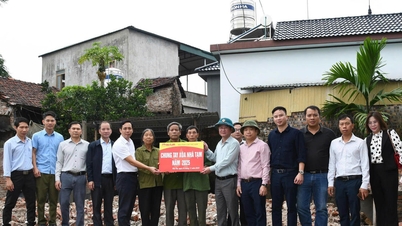





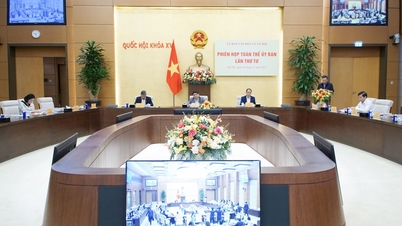




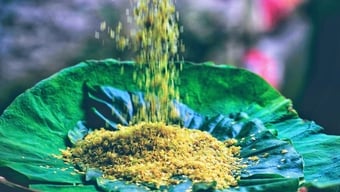




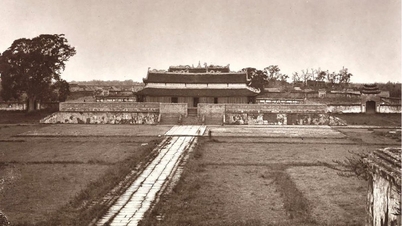


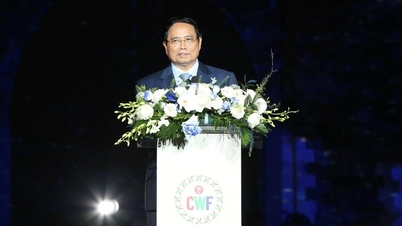



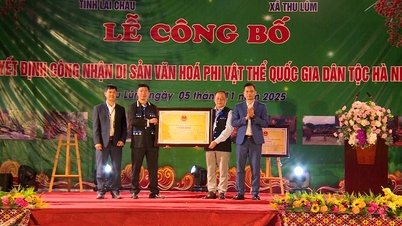


![[Video] Hue Monuments reopen to welcome visitors](https://vphoto.vietnam.vn/thumb/402x226/vietnam/resource/IMAGE/2025/11/05/1762301089171_dung01-05-43-09still013-jpg.webp)




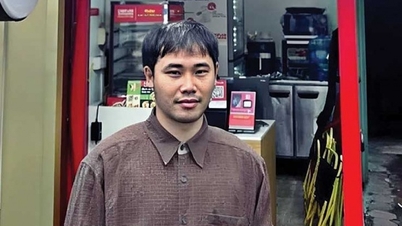









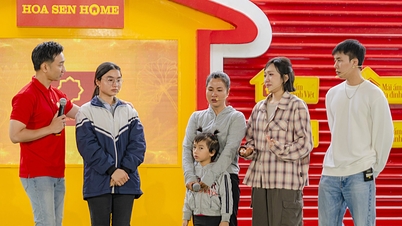























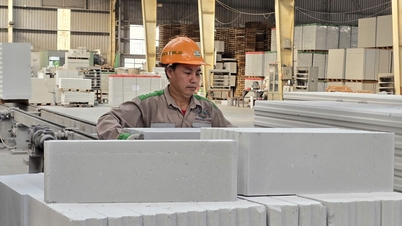







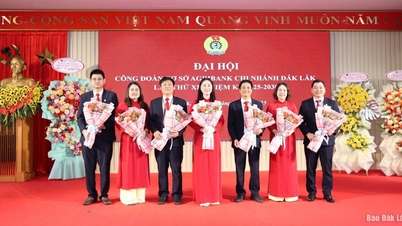




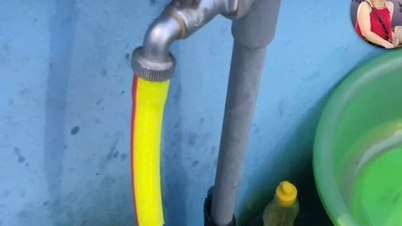

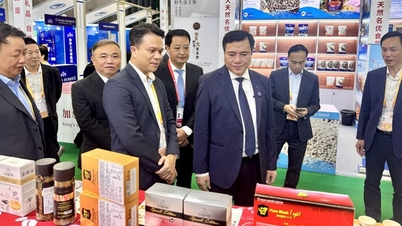

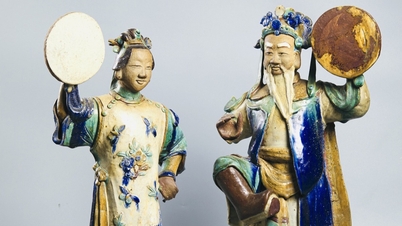



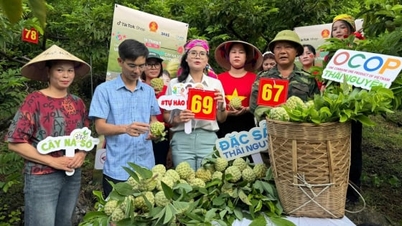


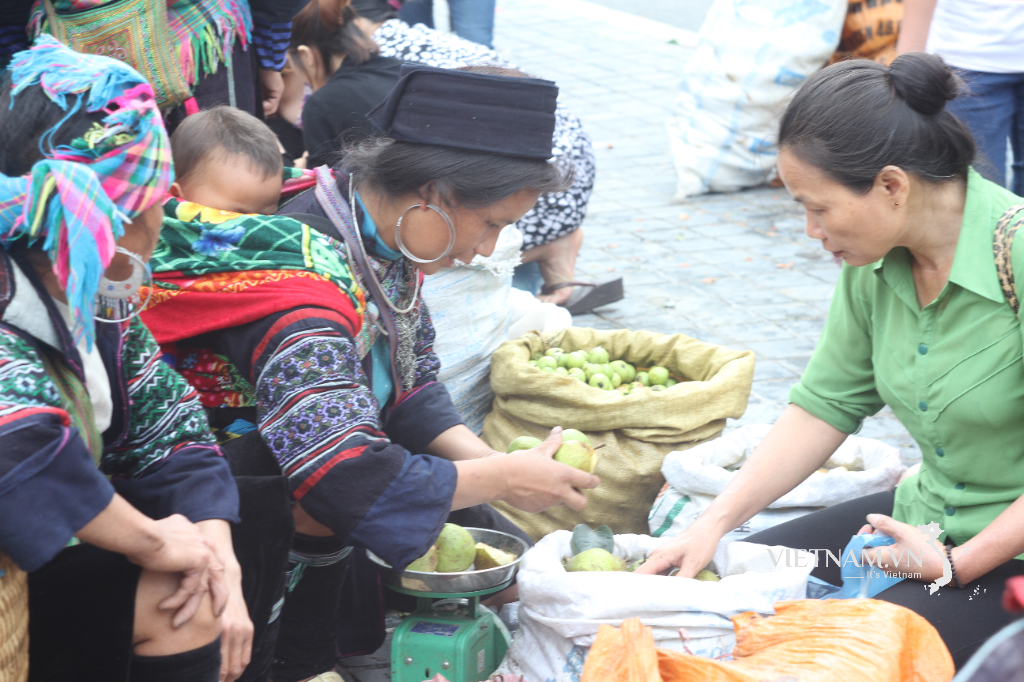

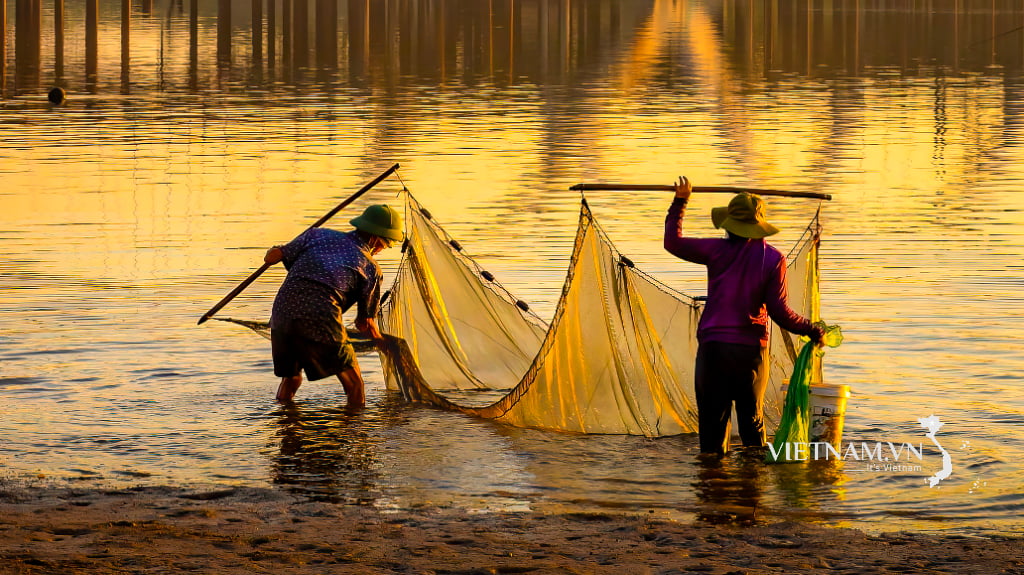
Comment (0)